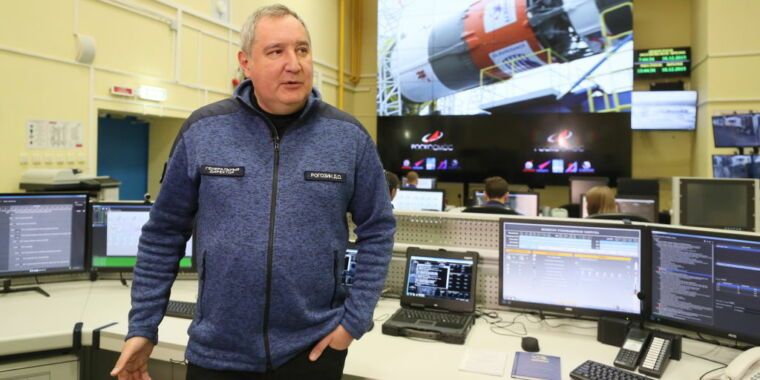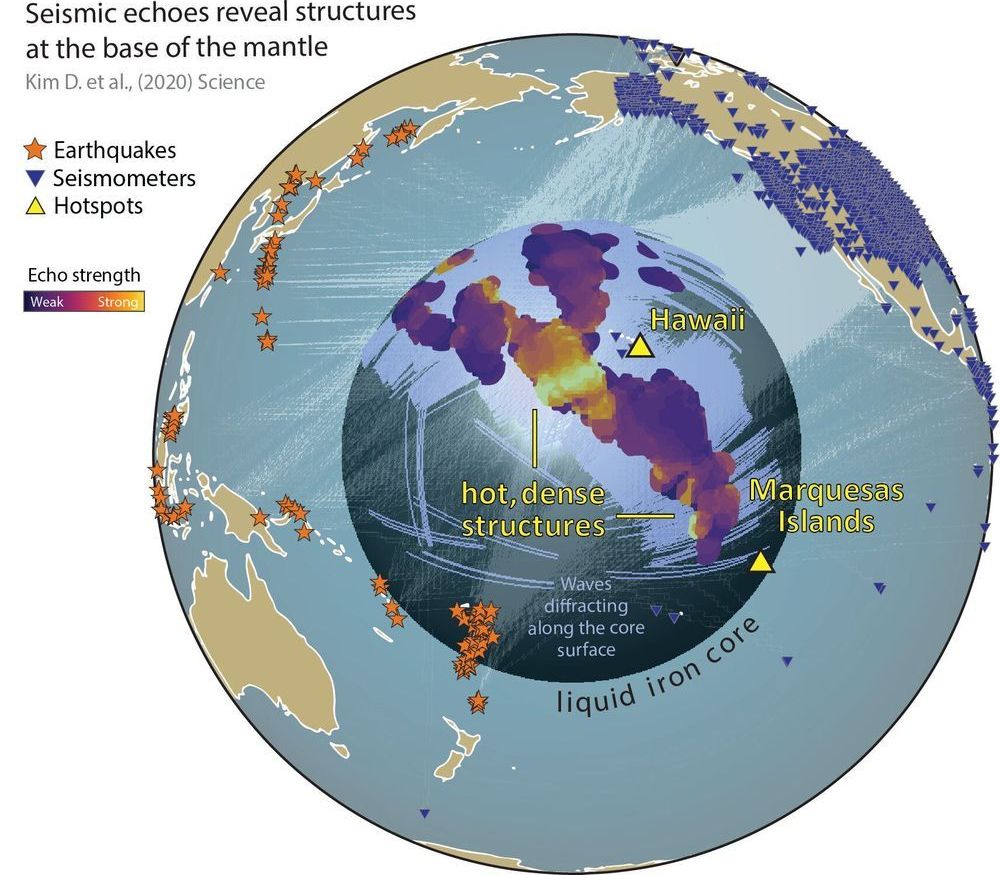Duke University researchers have developed an AI tool that can turn blurry, unrecognizable pictures of people’s faces into eerily convincing computer-generated portraits, in finer detail than ever before.
Previous methods can scale an image of a face up to eight times its original resolution. But the Duke team has come up with a way to take a handful of pixels and create realistic-looking faces with up to 64 times the resolution, ‘imagining’ features such as fine lines, eyelashes and stubble that weren’t there in the first place.
“Never have super-resolution images been created at this resolution before with this much detail,” said Duke computer scientist Cynthia Rudin, who led the team.






